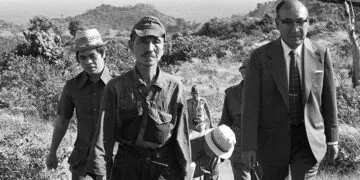When you ask people what they know Japan for, one of the most common answers given would be ninjas.
Most of what we know about ninjas isn’t that closely based on fact and is heavily influenced by 20th-century literature, comics, and film.
Something about the mystery surrounding them gets the western world going, but do we really know them?
We’ve dug up some of the strangest facts about ninjas to help enlighten us all about their shrouded past.
They weren’t even called ninjas.
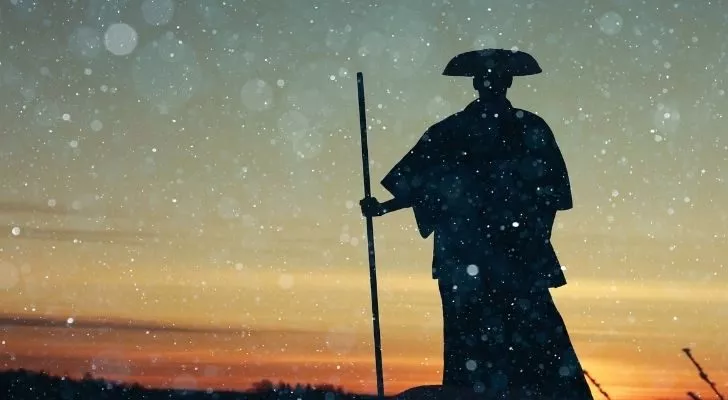
The main word used in Japanese historical documents to describe ninjas was Shinobi or Shinobi-no-mono.
The word itself predates ninjas themselves and more or less means to steal away or hide, with mono meaning “person.”
The word ninja comes from how the Japanese kanji characters were read in Chinese and were not used until much later in the 21st century.
The first records of ninjas are from 1375.

The use of espionage was looked down upon in Japanese society for a long time and only really started to gain ground by the 13th century, so any earlier attempts were never recorded.
The earliest explicit reference to ninjas comes from the Japanese war epic Taiheiki, in which highly-skilled ninjas destroyed a castle.
A hundred or so years later, espionage was in full swing in Japan, with ninjas at the forefront.
They often fought side-by-side with samurai.

The questionable practices of ninjas were looked down upon by true samurai, who respected honor above all else.
At the same time, there was always dirty work to be done, so samurai were happy that someone else was prepared to do it.
In fact, it wasn’t that uncommon for samurai to directly hire ninjas to do jobs that would otherwise bring the samurai dishonor.
The most professional ninjas came from one of two clans.
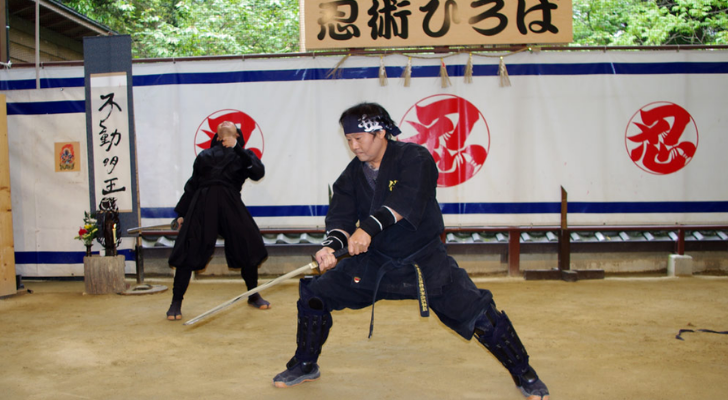
In the 15th century, villages in two regions, Iga and Kōga, began to specialize in the ninja ways.
Multi-generational ninja families appeared and soon made their name as the most professional ninjas around.
The ninja clans were so good at what they did that anyone else claiming to be a ninja appeared to be more like a common thug.
The Iga and Kōga clans supplied Japan’s lords with ninjas for nearly a hundred years until a rival warlord all but wiped them out.
The golden age of ninjas lasted from the 15th to the 16th century.

This was a particularly bloody chapter in Japan’s history books, where warlords all fought to gain control of the country and unify it.
It’s no coincidence that this period also lined up with the rise and fall of the Iga and Kōga clans.
Even after the fall of the ninja clans, they were still highly sought after as specialists in covert operations.
It was only as Japan moved forwards into a time of peace that ninjas began to decline in numbers.
It’s likely they didn’t even use throwing stars.

Throwing stars, or shuriken, were certainly used during the period that ninjas were more historically active, but there’s little to no evidence they were even used by ninjas – at least according to surviving ninja manuals.
Ninjas definitely used a range of specialized tools, and these have been recorded, but throwing stars were more of a samurai thing.
Either way, they weren’t used in the way we depict them in fiction today.
Instead, they were most often used as a distraction.
They didn’t always wear black.
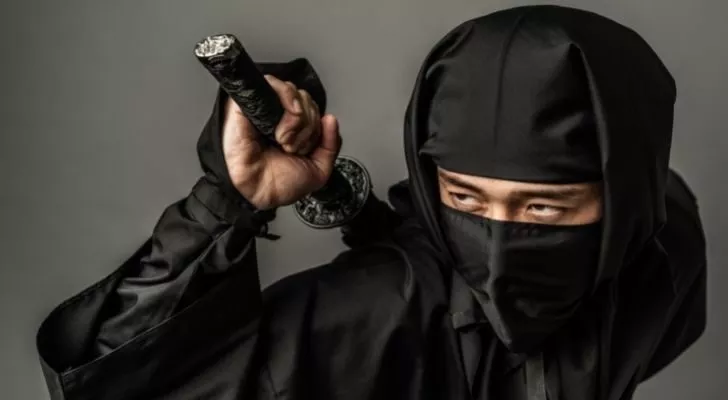
That said, there were strict guidelines on what ninjas should wear, but these guidelines were much more sensible than only allowing them to wear black.
First of all, a priority was placed on ensuring whatever armor was worn was secured so as not to make any sounds.
Then, the outfit was based purely on the needs and circumstances of the mission.
They did wear black on moonless nights but also wore white when there was a full moon.
When moving about during the day, ninjas wore whatever outfits and colors were in fashion at the time to blend in with the crowd.
They also regularly disguised themselves as merchants, monks, beggars, or whatever their mission required.
A research center devoted to ninja history was built in Iga.
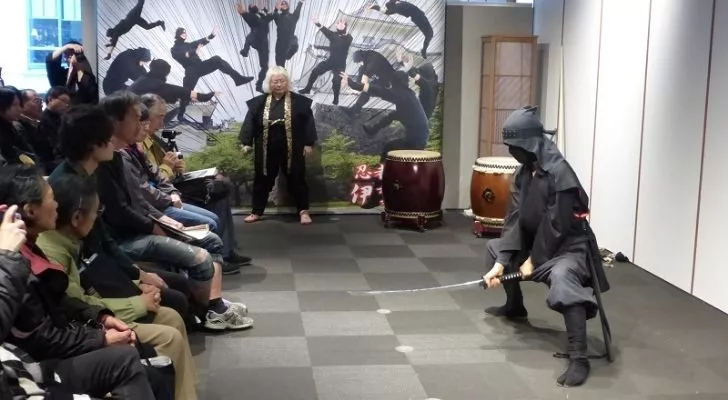
Mie University has brought back the study of ninja to Iga almost five hundred years after the Iga ninja clans were wiped out, but students won’t be learning how to become ninjas.
Instead, the ninja studies master’s degree focuses on the history of ninjas, with a few topics on various ninja skills.
That didn’t stop the degree’s first alumni from working on his martial arts skills and living as close a life to a ninja as possible, though.
The trouble with finding accurate information on ninjas comes down to two factors: they were secretive, and their specialization was less honorable than samurais, so less scholarly attention was paid to them.
They’ll remain mysterious for a time, but hopefully, we’ll learn more and more about them in the coming decades!



